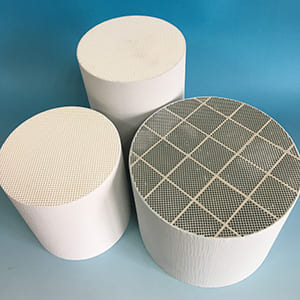Have you ever been driving when, seemingly out of nowhere, that dreaded engine light appears on your dashboard? Perhaps your diesel vehicle started to lose power inexplicably or your fuel economy plummeted out of nowhere. Perhaps your mechanic mentioned something about a “clogged DPF” with a repair estimate that left your jaw on the floor. For the average diesel car owner, DPF problems just magically happen, causing confusion, worry, and cost. Is this another pricey repair, or is it actually necessary for your car to operate? And why must fixing this enigmatic part cost more than your last vacation?
A DPF replacement involves removing a failed or damaged Diesel Particulate Filter and installing a new or refurbished unit. The Diesel Particulate Filter is a critical emissions control device that captures and removes up to 85% of harmful soot particles from diesel exhaust. According to the Environmental Protection Agency, these filters have been mandatory in most diesel vehicles since 2007 to meet stringent emission standards. Replacement becomes necessary when the filter becomes permanently clogged, cracked, or damaged beyond the point where normal regeneration (the self-cleaning process) or professional cleaning can restore function. The procedure typically requires 2-4 hours of labor and includes replacing related sensors, gaskets, and mounting hardware to ensure proper operation.
But do we always need to replace it? Is cleaning an alternative that is cheaper? In what follows, we will cover everything diesel owners need to know about DPF systems—warning signs through to preventative measures that can save you thousands. We’ll also cover potential alternatives that may be more suitable for your needs.

How Do You Know If You Need A DPF Replacement?
Several warning signs indicate your DPF may require replacement rather than simple cleaning or regeneration.
The most common indicator is an illuminated engine warning light accompanied by a specific DPF warning symbol on your dashboard.
Modern vehicles will display error codes that a mechanic can read using diagnostic equipment. Common DPF fault codes include P2002, P2459, and P242F, according to data from OBD-Codes.com.
A significant drop in fuel economy often signals DPF problems. Research from Consumer Reports indicates that a clogged DPF can reduce efficiency by 10-15%.
Performance issues like reduced power, especially during acceleration or when climbing hills, frequently result from backpressure created by a restricted DPF.
Excessive exhaust smoke may appear contradictory since DPFs are designed to reduce emissions, but it can indicate that exhaust gases are bypassing a damaged filter.
A rattling noise from underneath your vehicle might suggest the DPF’s internal structure has collapsed, necessitating immediate replacement.
Multiple failed regeneration attempts represent a clear sign that the filter has reached its capacity limit and can no longer be effectively cleaned through normal processes.
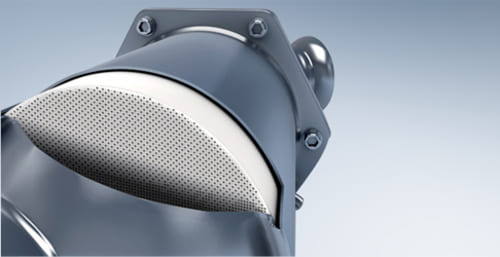
What Are The Costs Associated With DPF Replacement?
The financial impact of replacing a DPF varies significantly based on several factors.
OEM (Original Equipment Manufacturer) parts typically cost between $1,000 and $4,000 for the filter alone, according to pricing data from RepairPal.
Aftermarket alternatives generally range from $600 to $2,000, offering potential savings but sometimes with shorter warranty periods.
Labor costs add another $300 to $500 to the total, as installation usually requires 2-4 hours of professional work.
The vehicle make and model significantly impacts pricing. Luxury European diesel vehicles like Mercedes-Benz or BMW generally incur higher replacement costs compared to domestic or Japanese manufacturers.
Some owners might consider DPF delete options (where legally permitted for off-road or competition use), which cost $400-$700 plus programming, though this eliminates emissions controls and may violate federal regulations.
DPF cleaning services, which range from $300-$600, represent a potential alternative to full replacement when the filter isn’t physically damaged.
Additional components like sensors, gaskets, and mounting hardware typically add $100-$300 to the total replacement cost.
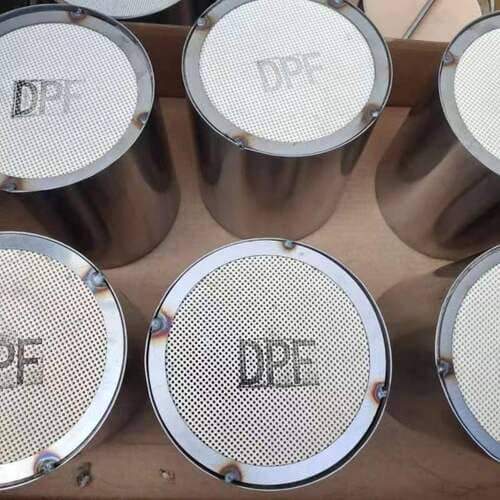
Can You Prevent DPF Failure And Avoid Replacement?
Preventative maintenance plays a crucial role in extending DPF lifespan.
Regular highway driving for at least 30 minutes allows the exhaust temperature to rise sufficiently for passive regeneration to occur naturally. Studies from the Society of Automotive Engineers show that vehicles primarily used for short trips experience DPF issues 2-3 times more frequently.
Using high-quality diesel fuel with lower sulfur content reduces particulate buildup. The Department of Energy confirms that ultra-low sulfur diesel significantly enhances DPF performance and longevity.
Following manufacturer-recommended oil change intervals prevents excess oil consumption that can contribute to DPF clogging. Some manufacturers specifically formulate low-ash engine oils compatible with DPF systems.
Responding promptly to regeneration notifications allows the system to self-clean before excessive soot accumulation becomes problematic.
Professional DPF cleaning every 50,000-80,000 miles can remove accumulated ash that doesn’t burn off during normal regeneration cycles.
Addressing any engine performance issues promptly prevents excessive soot production that can overwhelm even properly functioning DPF systems.
Software updates from the manufacturer often improve regeneration management and can help prevent premature DPF failure.
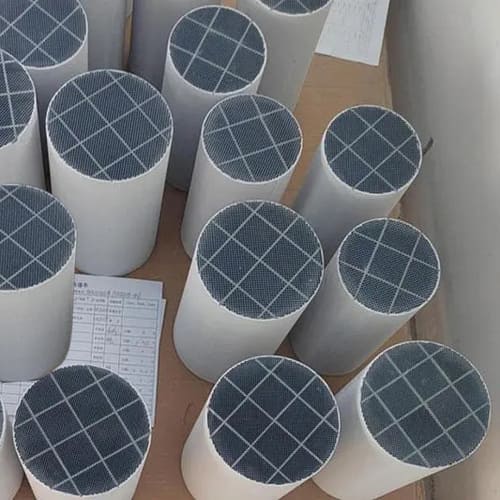
What Are The Alternatives To Complete DPF Replacement?
Several options exist before committing to the expense of full replacement.
Professional DPF cleaning services use specialized equipment to force air, chemicals, or water through the filter, removing accumulated ash and soot. According to the Automotive Service Association, this can restore approximately 80-95% of original function in filters without structural damage.
Forced regeneration performed by a qualified technician can sometimes clear blockages by raising exhaust temperatures to burn off excess soot when the vehicle’s automatic system has failed to complete the process.
Some manufacturers offer remanufactured DPFs at 30-50% lower cost than new components while maintaining similar performance and warranty coverage.
Aftermarket high-flow DPFs provide less restriction than OEM parts, potentially reducing the frequency of regeneration cycles while still maintaining emissions compliance.
For older vehicles nearing the end of their service life, calculating the cost-benefit ratio of replacement versus vehicle value becomes an important consideration. The Kelley Blue Book recommends reconsidering replacement when repair costs exceed 50% of the vehicle’s current value.
DPF delete options exist for off-road or competition use but eliminate essential emissions controls and generally violate federal regulations for road vehicles.
Engine control module tuning from reputable providers can sometimes optimize combustion to reduce soot production, extending DPF lifespan.
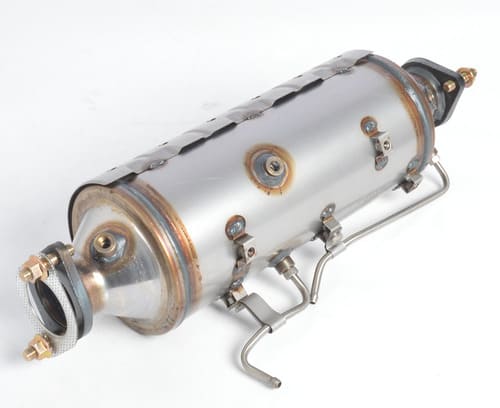
How Long Should A Replacement DPF Last?
Several factors influence the longevity of a new DPF installation.
Under optimal conditions, most manufacturer warranties cover DPF components for 5 years or 50,000-80,000 miles, according to data from J.D. Power.
Actual service life typically ranges between 100,000-150,000 miles for vehicles with proper maintenance and appropriate driving patterns.
Driving habits significantly impact longevity—vehicles regularly driven on highways last 30-50% longer than those primarily used for short urban trips, based on research from the International Journal of Automotive Technology.
The quality of replacement parts matters considerably. OEM and high-quality aftermarket parts generally provide longer service life than budget alternatives.
Regular maintenance including oil changes with low-ash formulations can extend DPF life by 20-30% compared to vehicles with inconsistent service histories.
Vehicles equipped with automatic regeneration systems typically experience fewer DPF issues than older models requiring manual intervention.
Climate and operating conditions affect performance, with extreme cold reducing regeneration efficiency and dusty environments accelerating filter loading.
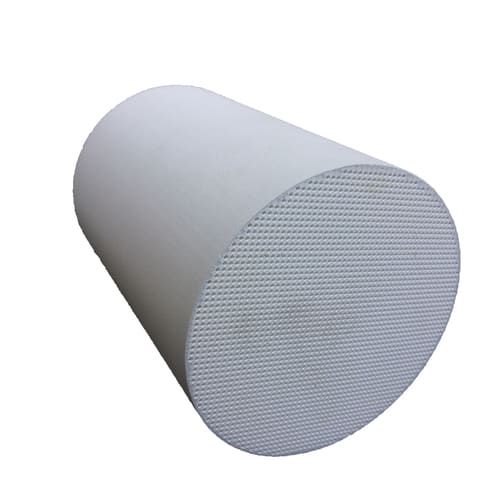
Conclusion
A DPF replacement represents a significant but sometimes necessary investment for diesel vehicle owners. By understanding what the procedure involves, recognizing early warning signs, and implementing preventative maintenance strategies, you can potentially extend your filter’s lifespan and make informed decisions when issues arise. Whether you choose replacement, cleaning, or alternative solutions depends on your specific circumstances, including vehicle age, driving patterns, and budget constraints. Remember that while the upfront cost may seem substantial, a properly functioning DPF not only keeps your vehicle running efficiently but also reduces your environmental impact by controlling harmful emissions. Regular maintenance remains the most cost-effective strategy for managing DPF health throughout your vehicle’s lifetime.

